When it comes to running a successful business that involves material handling, choosing the right forklift can make a world of difference. Forklifts are essential tools in warehouses, construction sites, and manufacturing facilities, but with various types and options available, making the right choice can be a daunting task. In this comprehensive guide, we’ll break down the key factors to consider when selecting the perfect forklift for your business needs.
1. Assess Your Needs:
Before diving into the world of forklifts, it’s crucial to assess your specific requirements. Here are some key factors to consider:
- Determine the type of materials you’ll be moving:
Whether you’ll be handling pallets, heavy machinery, bulk materials, or specialized items, knowing your load type is essential.
- Consider the weight and dimensions of the loads:
Different forklifts have varying weight capacities and fork lengths, so choose one that can comfortably handle your loads.
- Evaluate the height to which you need to lift the loads:
Forklifts come with different lift heights, so be sure to match this with your stacking or lifting needs.
- Identify the terrain and environment:
Will your forklift operate indoors, outdoors, or on rough terrain? This affects the type of forklift tires and build you’ll need.
- Estimate the frequency of use and working hours per day:
This will help you determine the forklift’s durability and maintenance requirements.
2. Understand Forklift Types:
Forklifts are not one-size-fits-all; there are various types designed for specific applications:
- Counterbalance forklifts:
Ideal for general warehouse use and are the most common type.
- Reach trucks:
Designed for narrow aisle storage and excellent for maximizing vertical space.
- Pallet jacks:
Great for moving palletized loads within a confined space.
- Rough terrain forklifts:
Specifically built for outdoor and uneven terrain, such as construction sites.
- Order pickers:
Perfect for order fulfillment in warehouses with high shelves.
- Electric vs. IC (Internal Combustion) forklifts:
Choose based on your indoor/outdoor use and energy preferences.

3. Consider Load Capacity:
Ensure that the forklift’s load capacity meets or exceeds your requirements. It’s essential to account for the heaviest loads you’ll handle regularly.
4. Assess Mast and Lift Height:
The maximum lift height required for your operations is a critical factor. Additionally, consider the mast type, such as single-stage, two-stage, or three-stage, based on your lifting needs.
5. Factor in Fuel or Power Source:
Your choice of power source depends on your specific needs:
- Electric forklifts:
Ideal for indoor use due to zero emissions and quieter operation.
- IC (Internal Combustion) forklifts:
Better suited for outdoor use, handling heavy loads, and longer runtimes.
6. Evaluate Maneuverability:
Assess the available space and turning radius in your workspace. Ensure that the forklift can navigate aisles and tight spaces if needed, as this can significantly impact efficiency.
7. Safety Features:
Safety should always be a priority. Look for forklifts equipped with safety features like seat belts, backup alarms, and lights. Models with stability features can help prevent tipping accidents.
8. Maintenance and Service:
Check for the availability of local service and parts for the chosen forklift. Ensure that the manufacturer provides maintenance support to keep your forklift running smoothly.
9. Operator Training:
Properly trained and certified forklift operators are crucial for safety and efficiency. Plan for training programs to ensure your team can operate the forklifts safely and effectively.

10. Consult with Experts:
Finally, don’t hesitate to seek advice from forklift dealers or experts who can provide recommendations based on your specific needs. Their expertise can be invaluable in making the right choice.
In conclusion, choosing the right forklift for your business involves careful consideration of various factors, from load capacity to power source and safety features. By following these steps and consulting with experts, you can select the perfect forklift that enhances productivity and safety in your workplace.
FAQs
- What are the main types of forklifts for businesses?
There are several types, including counterbalance, reach trucks, pallet jacks, rough terrain forklifts, and order pickers.
- How do I determine the right load capacity for my forklift?
Assess the heaviest loads you’ll handle and choose a forklift that exceeds those requirements.
- What’s the difference between electric and IC forklifts?
Electric forklifts are ideal for indoor use due to their zero emissions and quieter operation, while IC forklifts are better for outdoor and heavy-duty applications.
- What safety features should I look for in a forklift?
Prioritize forklifts with seat belts, backup alarms, lights, and stability features to prevent tipping.
- Why is operator training essential for forklift safety?
Properly trained operators ensure safe and efficient forklift operation, reducing the risk of accidents.

